Fixing our gaze on Central America, in the search for attractive international tourist destinations, we inevitably find Costa Rica.
One of the countries with the highest tourist influx.
Its tourist popularity is mainly due to its natural wealth, which even gives its visitors unforgettable airs of renewal.
If you decide to go on this adventure traveling through Costa Rica, you will surely verify that it is a country with a great natural diversity.
Both climatic and landscape.
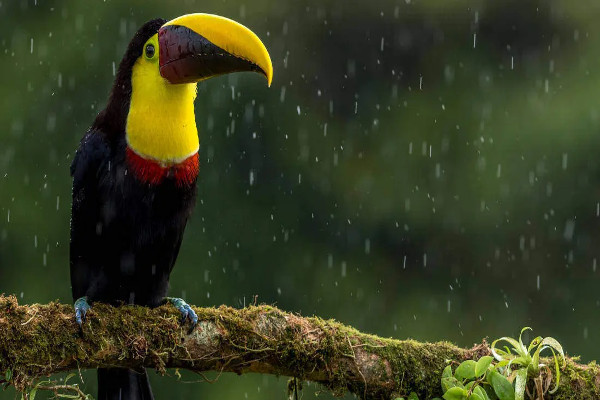
Costa Rica – basic information
The total area of Costa Rica is 51,100 km2. It is bathed in the extension of its sides, both by the Pacific Ocean and by the Caribbean Sea.
They are separated from each other only by about 500 km.
The things that we can highlight about its physical geography and makes this small but beautiful country known are its beaches, its volcanoes and its rich biodiversity.
In Costa Rica, about 25% of its territory is strictly protected, thus preserving its flora and fauna.
Although the number of English speakers in its population is growing, its official language is Spanish.
Costa Rica – location
In its territorial line, Costa Rica borders two countries. To the north with Nicaragua, and to the south with Panama.
Its coasts are on the east side on the Caribbean Sea and on the west side over the Pacific Ocean.
The Pacific coast is much longer than the Caribbean one.
The first reaches a linear extension of more than 1000 km in length while the Caribbean extends about 255 km.
Both coasts have countless beautiful beaches and lush vegetation.
Costa Rica – currency
The local currency of Costa Rica is the ‘Colón’, which can be exchanged without difficulty, both at the bank and at the airport.
Also, any visitor who arrives in this wonderful country can operate or pay with US dollars if they wish, since they are accepted without problem in most commercial places.

Credit cards
Another important element that supports the traveler who arrives in Costa Rica is the credit card.
This is accepted practically without difficulty in most places such as hotels and restaurants.
It is always good for the visitor who is going to know the tourist places to know the importance of carrying some cash, since there are places that do not have the coverage of payment terminals, for which the only means of payment in those places is cash.

Costa Rica – security
A very important aspect for the traveler when deciding a tourist destination anywhere in the world is security.
In this sense, we can affirm that Costa Rica is a very safe country considering that, in other Latin American countries, the rate of insecurity is comparatively higher.
In the city of San José, the largest city in the country, you should take certain common precautions.
For example not carrying a lot of money with you, or wearing highly visible things of value when walking through its streets.
It is better that you leave your passport at your place of accommodation and that you take nothing more than a copy of it.
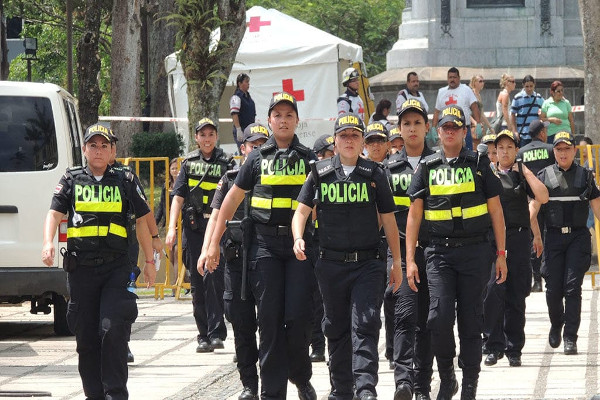
Costa Rica – weather and climate
Although it may seem incredible, the climate in Costa Rica has a wide variation, due to the influence of both the place and the altitude above sea level.
In relation to these characteristics, up to 12 climatic zones are identified, which makes us know that Costa Rica is not only tropical heat. The cold is a climatic state that you can also experience in Costa Rica.
The equatorial climate, characterized by extreme humidity, is also part of the natural environment of Costa Rica. Especially in the mountainous areas, causing very pleasant climatic conditions to prevail.
Especially in the interior of the country, making it known as the “region of the Eternal Spring”.
Costa Rica has a tropical climate characterized, in general, by high temperatures and abundant rains for much of the year.
It has the influence of the Caribbean Sea to the east and the Pacific Ocean to the west.
Most of the elements of the climate do not present large annual oscillations, such as those on the great continental masses.
In Costa Rica, three main types of climates can be established:
- Warm Humid Climate (Tropical Humid)
- Dry Warm Climate (Tropical with dry season)
- Cool Dry Climate (Temperate)
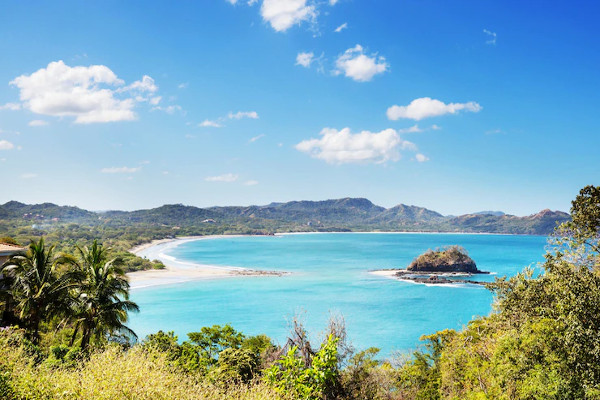
Costa Rica – temperature
The variation of the temperature level in Costa Rica is related to three determining elements: the period of the year, the geographical location and the height above sea level.
As for the period of the year, the warmest time is between the months of December and April. The time when there is the greatest tourist influx.
In terms of geographical location, on the coasts they are differentially higher than in the central zone of the country. And, in terms of height above sea level, in mountainous and volcanic areas temperatures can even drop below 0ºC.
Sunlight
Being geographically located in the equatorial zone, sunlight in Costa Rica basically lasts the same as the night period.
AT around 5 in the morning, you can already glimpse the dawn. And from 6 in the afternoon, the sun sets, gradually giving way to night.
This condition varies slightly throughout the year in terms of the length of day and night.
SEE DETAILS
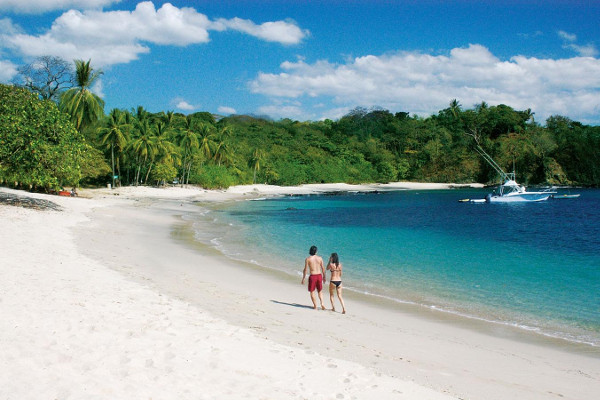
Costa Rica – interesting historical elements
An interesting fact about its history is that, in 1502 during his fourth voyage, Christopher Columbus arrived in what is now Costa Rica, a name that he himself gave to these lands for finding riches in jewels used by the native inhabitants and for the surprising rich vegetation.
A very interesting and outstanding achievement in the life of the country is that, in 1948, when the new National Constitution entered into force, the military army was eliminated, a reality that continues to this day.
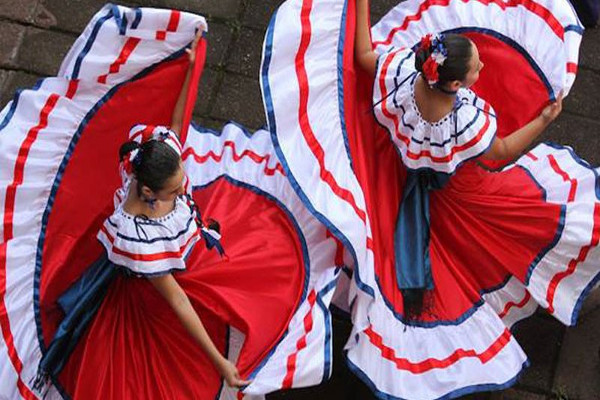
Costa Rica – nature
Nature in Costa Rica, due to its own wealth, is a source of economic income for its inhabitants. Since it is presented as one of the strongest tourist attractions that consequently generates said income for them.
Its natural beauty and its great biodiversity monopolize the importance to the point that it is one of the countries with the most national parks and protected areas worldwide.
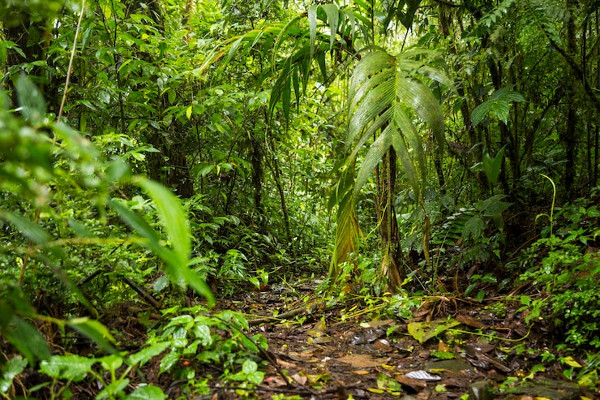
Flora
Due to its great variety of plants and diversity of habitats and ecosystems, their care is established with the creation of national parks, forest and biological reserves and wetlands with the range of protected areas.
This allows tourism to have in its roadmap the visit of travelers who come to this country, so that they come to an unforgettable experience with the enjoyment of so much exotic variety.
This also allows researchers and nature scholars to observe and record the results of their work.
The biodiversity of Costa Rica consists of the existence of rivers with mountain springs, forests, paradisiacal lakes, volcanoes, hot springs, coral reefs and very important wetlands, which are World Heritage Site.
The La Amistad Biosphere Reserve is located in the border area with Panama.
The 9,000 floral species known from Costa Rica represent 5% of those known worldwide.
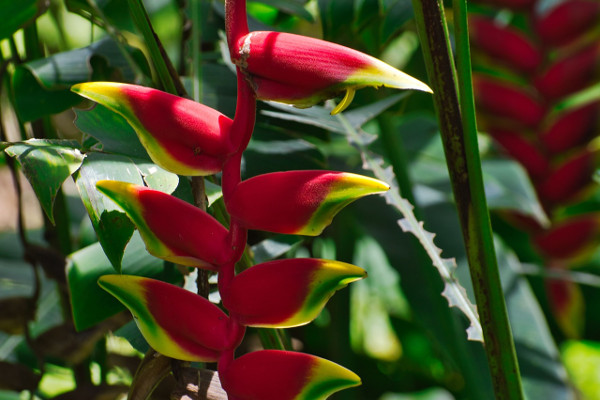
Fauna
The wide variety and richness of Costa Rican fauna is also unique.
There are Innumerable species of this animal kingdom, including mammals, birds, reptiles, amphibians and, above all, insects. Which exceed 300,000 species.
It is striking and even becomes an important tourist attraction in Costa Rica the existence of several species of turtles, which allow you to witness the moment in which they lay their eggs within their reproductive cycle.
As for the fauna of Costa Rica, what we can specify as the great tourist attraction is the sighting of whales, which migrate from Alaska every year, and it is in the waters of Costa Rica that they give birth.
In this small, but rich country, you can experience the greatest adventure of discovering a wonderful natural life.
Since it is not necessary to incur large displacements to make contact with all that diversity of wildlife.
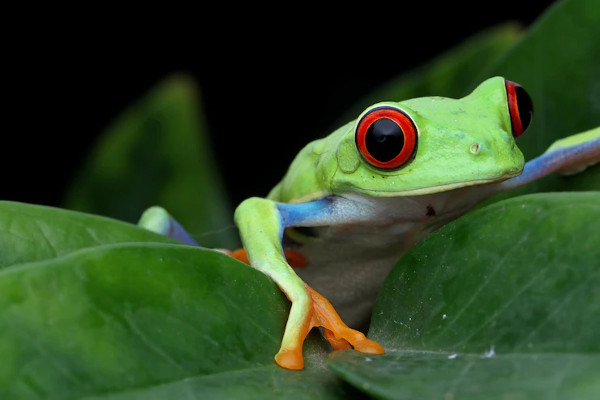
Costa Rican Economy
The economic structure of Costa Rica is basically based on tourism, agriculture and the export of electronic equipment and services.
Tourism is the fastest growing industry and since the early 2000s it has generated more foreign exchange than any of the main agricultural exports.
With this, there is a phenomenon of deceleration in investment and production.
Even so, the activity of agriculture and export are an important part of the country’s economy.
Since several of its products such as fruits and vegetables are exported to countries such as the United States and Canada, Japan and countries that make up the European continent.
Despite the dynamics in its economic activity, Costa Rica has great challenges. To continue sustaining its economic growth, attracting investment and competitiveness.
These lie in the improvement of its infrastructure in all areas related to them.

Costa Rica – its people
Costa Ricans, in the world, are famous for being very kind and helpful, both with their Costa Rican compatriots and with foreign tourists.
They called each other as Ticos, and are normally peaceful and non-confrontational.
The Ticos are very helpful and friendly, and if you have any problems, you will surely receive immediate help from them.
Local people are actually one of Costa Rica’s greatest assets.
The best thing that can happen to you is to visit a country, not only with incomparable natural attractions, but at the same time you can receive the constant smiles and service of friendly people.
This undoubtedly creates a comfortable environment if you go with the purpose of enjoying of your vacation.
The official religion of Costa Rica is the Roman Catholic religion, which consist by approximately 80% of the population.
Other religions are Protestant, Jewish, Asian religions, Jehovah’s Witnesses and the Mormon Church. The law does not prohibit the practice of another religion. Protestant churches have become very popular among the population.

Costa Rica – interesting facts
National flower
The Guaria Morada is the national flower of Costa Rica. It is an orchid that represents the natural beauty of the country.
Years ago, it was common for people to plant them, and it was easy to find in family gardens.
So, this practice motivated their declaration as a national symbol.
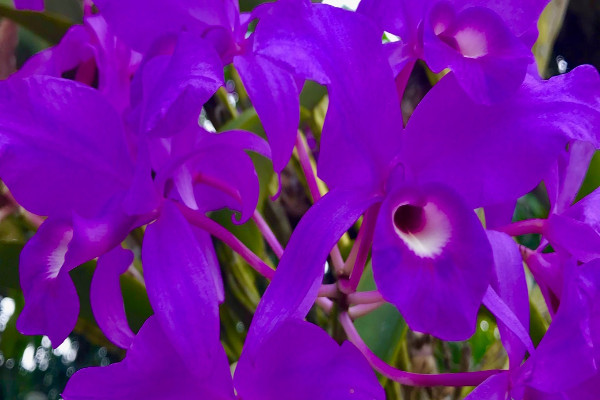
National Tree
The Guanacaste tree is one of the oldest patriotic symbols of Costa Rica, declared so in 1959.
The biologist of the National Museum, Joaquín Sánchez, tells us about the characteristics of this leafy tree, distribution areas and particularities of its bark, leaves, flowers and fruits.
Because of the great shade that this tree gives, it also symbolizes the protection that the country offers its citizens.
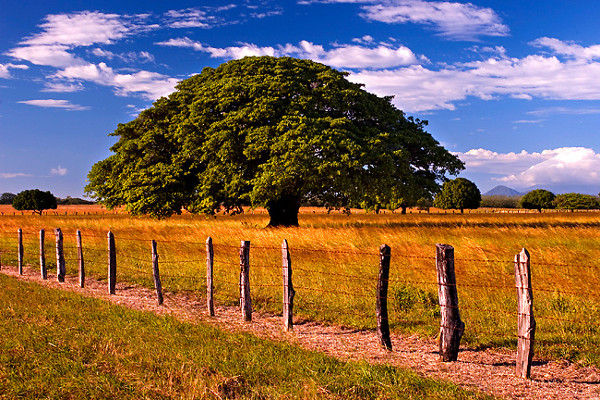
National bird
In 1977 the Yigüirro was decreed as a National Bird due to its harmonious song.
According to tradition, many people believe that their song announces the rain.
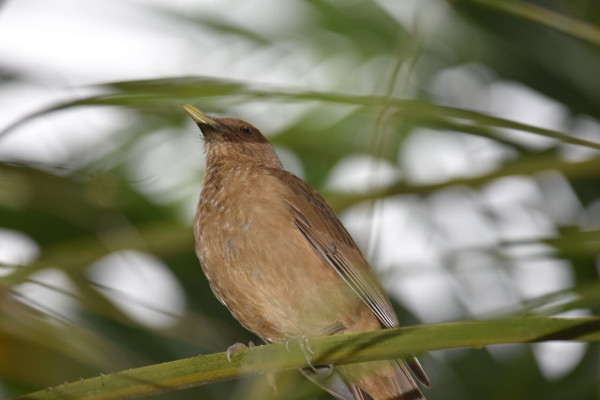
Read also: 5 animales that you will love to see in Costa Rica
National Symbol of Labor
One of the national symbols is the cart, a symbol of Costa Rican work.
The National Symbols are the emblems that represent the hard-working spirit of the Costa Rican people.
It also represents peaceful, lover of peace and democracy.
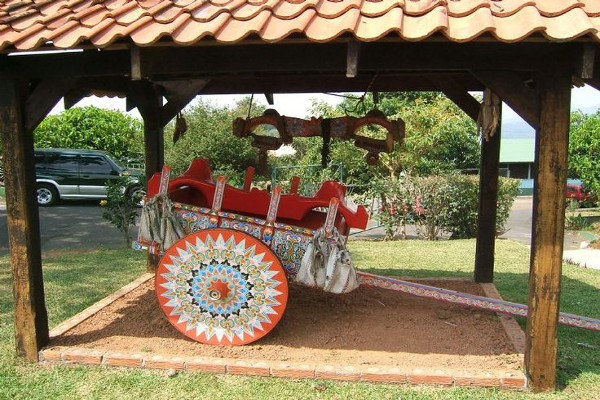
Costa Rica – telephony and internet
In Costa Rica, 88% of the population has access to the Internet.
In the country there is a great preponderance of the use of cell phones to access the Internet.
94% of people who use the Internet access by telephone and around 6% have fixed Internet.
Also, access to social networks is very important, and Facebook and WhatsApp are the services that Costa Ricans use the most.

Nearly 2.7 million Costa Ricans have an account on the social network Facebook, while 61% of Internet users in Costa Rica state that they use WhatsApp “all day, every day.”
In addition, the percentage of people using other networks such as Twitter is of 11%, and Instagram is about 18%.
This evident growth in the use of these technological means for communication led the country to invest “significant resources” in improving infrastructure and expanding access.
Costa Rica seeks to keep up to date in this matter. Which is why it has a relatively modern telecommunications infrastructure.
The estimation is that that the 88% with Internet access, will make a reduction of mobile broadband access prices, which will consequently open the way for more of the population to be online.
According to comparative reports, mobile broadband prices in Costa Rica are among the lowest in the Latin American region.

Costa Rica – its culture
The cultural wealth of Costa Rica is immense and rich. We must start from its original diversity, since Costa Rica is a mestizo, multiethnic, multilingual and multicultural country.
This combination means that very diverse social communication systems coexist, ranging from Creole from Limón to uses and customs of Iberian origin, including cultures and ways of thinking as different as Chinese, indigenous or Mennonite.
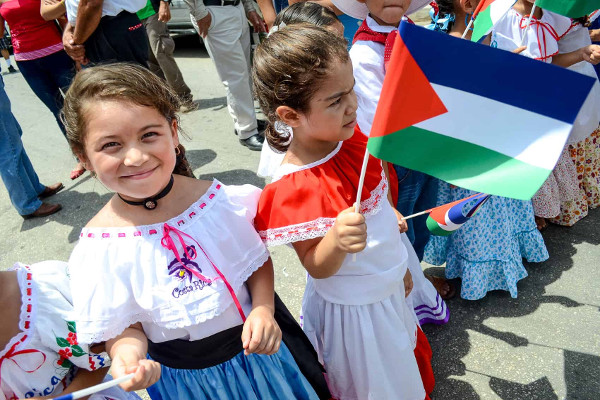
A very important aspect of Costa Rican culture is that it has a strong sculptural tradition that has its ancestral roots in stone spheres, stone sculptures, jade, and pre-Columbian ceramics.
This legacy was not neglected and has subsequently been cultivated and continued by modern sculptors such as Francisco Zúñiga and others.
Undoubtedly, Costa Rica today presents a large number of artistic veins, including music, dance, theater, cinema, film and television production, plastic arts, and letters.
